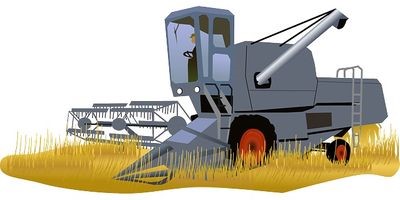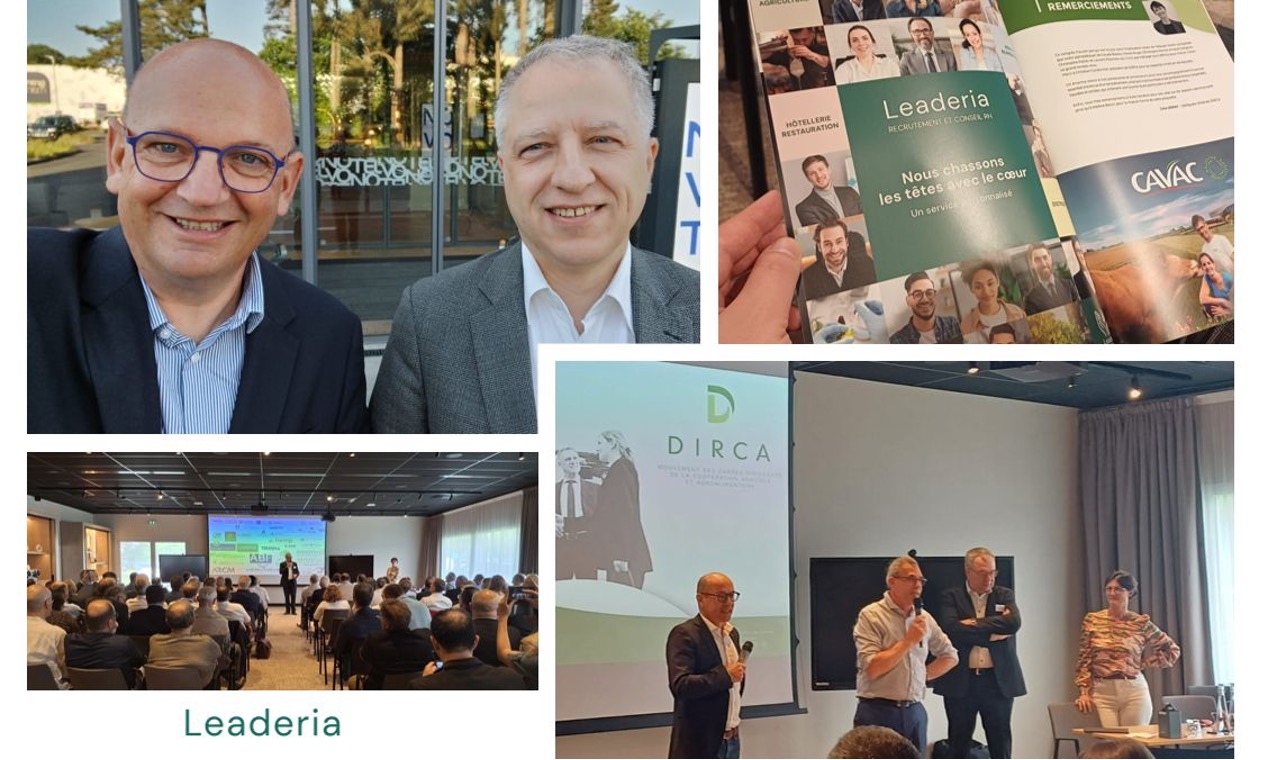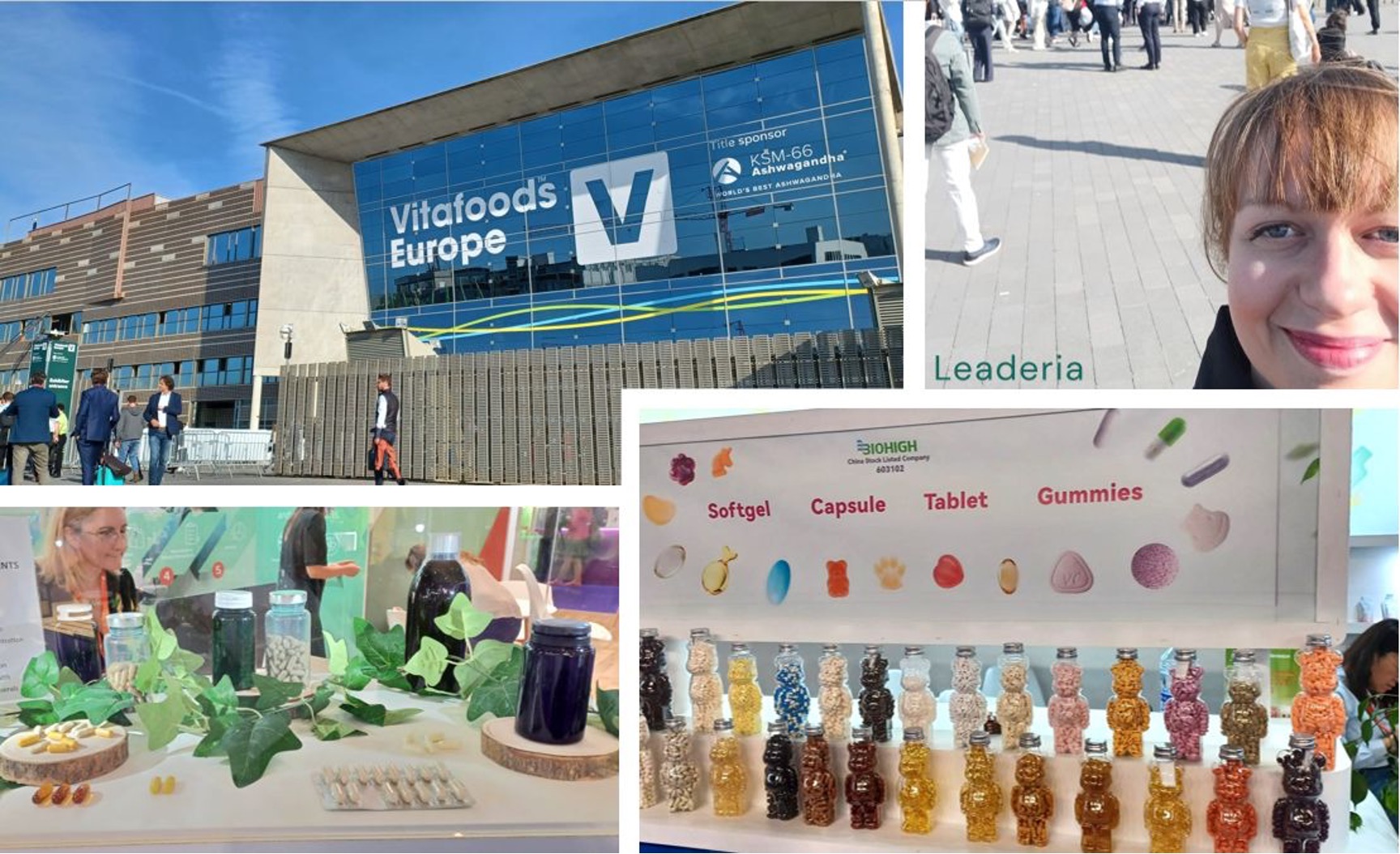
Present:
Leaderia:
- Philippe CARASTAMATIS (Senior Consultant – Head of the Agriculture Division)
- Louis-Simon FAURE (Founder and Associate Consultant)
Facilitators:
- Philippe GIRARD (JCB France – CEO)
- Jérôme MONTEIL (FNCUMA – CEO)
Guests:
- Alexander ABE (JUNGHEINRICH – Vice President NW Europe & AME)
- Michel BOTELLA (JOHN DEERE – Director of Network Development)
- Nicolas CAPOEN (SITECH France – CEO)
- Manon DALLOUX (MAN Truck and Bus France – HR Development Manager)
- Cédrik GOURMELON (TOPCON POSITIONING France – Agricultural and Weighing Markets Manager)
- Davy GUILLEMARD (VOLVO CE France – President)
- Stéphane HAVARD (JOHN DEERE – Regional Director of Network Development)
- Loïc LEPOIVRE (JOHN DEERE – Regional Sales Director)
New Technologies
In the agricultural sector
It all began in the early 2000s with the introduction of GPS and autoguidance.
Recent technological developments and innovations address the following challenges:
- Reduction of chemical use and the desire for healthy eating, with precision agriculture and the use of drones.
- Decrease in CO2 emissions, with the use of electric energy and biogas production, positioning the agricultural sector as a solution rather than a polluter.
Increasingly connected machinery reduces machine downtime, which also impacts dealership organization.
Two aspects are emerging: big data at the industrial and manufacturer levels, and artificial intelligence. The agricultural sector is somewhat lagging behind in these areas.
These new technologies are either driven by traditional players or by new entrants such as startups that revolutionize the sector.
The structure of the agricultural industry is changing, with an increase in farm size (doubled in the past 10 years, with revenues multiplied by 2 or 3 in recent years) and the cessation of operations by 15,000 to 18,000 farmers annually. This trend will continue, as 30% of farmers are over 55 years old. The agricultural population is somewhat overwhelmed, and there are significant training challenges. Agricultural cooperatives (CUMA), who are keen on technologies, serve as communication vectors for these advancements.
In related sectors of agricultural machinery
In construction and public works (TP), the focus is on:
- New energies: Manufacturers are entering the field of electric and hydrogen-powered machinery.
- Embedded electronics and telemetry: Machines have been equipped with these technologies for the past 10 years, initially for business purposes. Today, they are used for predictive maintenance, combining machine data with external information.
The sector is transitioning from a distribution model to a service-oriented model based on digitalization.
In material handling, there is increasing discussion of connected forklifts and artificial intelligence. The question revolves around energy sources: 90% of forklifts are electric (shifting from lead batteries to lithium-ion). Technological advancements are driving the industry, with forklifts moving from manual to automatic operations. Forklifts are not typically seen as glamorous, so companies invest significantly in employer branding.
In the heavy-duty truck sector, the focus is on electromobility, connectivity, and sustainable energy. Some companies are more advanced and have established digitalization and innovation departments, working closely with startups.
Challenges and impacts on agricultural recruitment
The agricultural sector, like TP, has long focused on recruiting candidates from within the same industry.
Currently, there is a strong shortage of certain positions, such as technicians and salespeople.
Additionally, the distribution structure is changing, with the reorganization and consolidation of distribution networks and increasingly connected after-sales service. The jobs are not outsourced; talent is needed in the regions.
Precision agriculture and agroecology present opportunities to attract new talent. Companies must work on their employer brand and external communication, especially on social networks.
New digital professions are emerging, such as application engineers and data scientists.
In terms of education, there is a significant gap in the training of young people entering the job market, and teachers may not necessarily have expertise in these technologies.
Hence, there is a need for external recruitment. For example, candidates with an electrical engineering background may be sought in factories to work on milking robots.
This realm of possibilities is also a source of enrichment.
These articles might interest you

We visited… The DIRCA congress in Angers
Leading Through Uncertainty: Key Takeaways from the DIRCA Annual Congress As agricultural and agri-food cooperatives face a series of profound changes — environmental transitions, regulatory pressures, and technological upheaval — the question of leadership has never been more central. The 2025 DIRCA Congress, the annual gathering of senior executives from the agricultural and agri-food cooperative […]

Interim management: when experience meets AI
From the ground to the table, AI will have taken just a few months to establish itself at every level of the value chain and reshuffle the cards. AI is optimising logistics, reducing waste and streamlining customer paths. The key role of interim management But while […]

We visited… The Vitafoods trade fair in Barcelona
Vitafoods Europe 2025: nutraceuticals confirm their take-off Just back from Barcelona, Anaïs Deleau shares her impressions of the 2025 edition of Vitafoods Europe, which again this year brought together the major players in the global nutraceutical industry in an atmosphere resolutely focused on innovation. The market has confirmed its momentum, with global […]